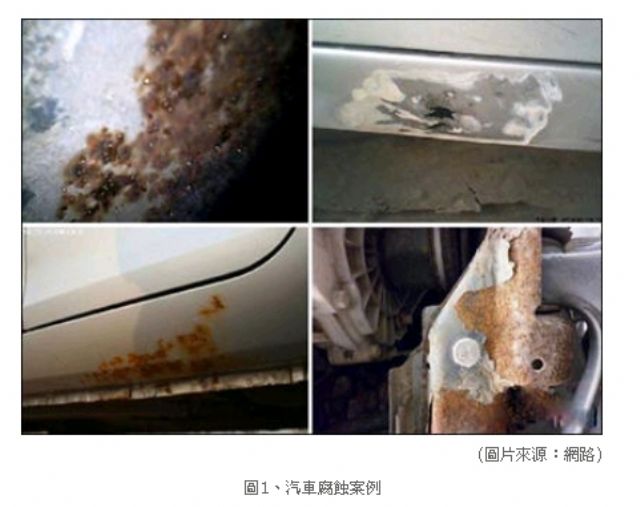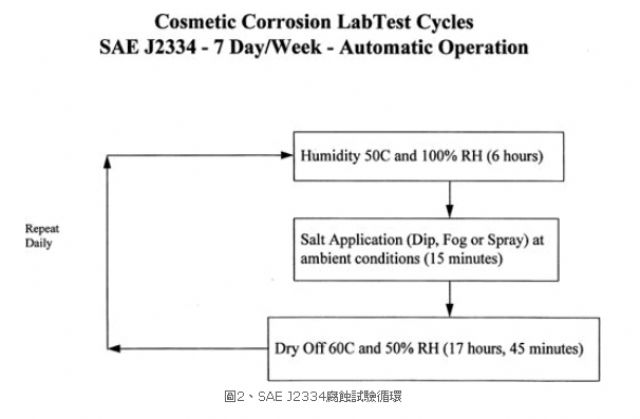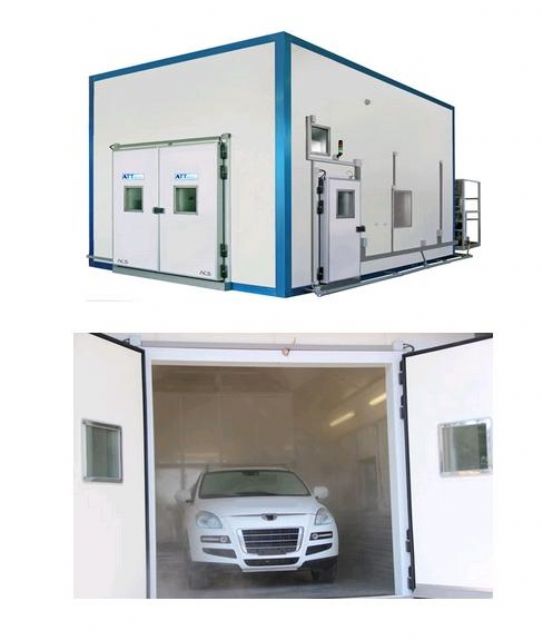ARTC Sets up Corrosion Test Lab for Vehicles & Parts in Central Taiwan
2015/01/26 | By Quincy LiangTo help Taiwan's automotive industry build a comprehensive range of corrosion testing capabilities, key to local development and certification of parts production, the Automotive Research & Testing Center (ARTC), a major transportation vehicle testing and R&D institute in Taiwan, recently announced the establishment of such a lab in central Taiwan.
Without a corrosion testing lab for assembled vehicles on the island, ARTC says, the center spent 2013 and 2014 to enrich its technologies and capacity in anti-corrosion certification, building up corrosion-related certification capability for both vehicles and systems. Such investment, the center stresses, effectively helps local vehicle and parts makers shorten product development period and cut costs.

The center claims that its corrosion testing technologies simulate real-world corrosion environments for EVs, and will provide evaluation services for corrosion-resistance and durability of EVs and systems. For example, ARTC says it can evaluate impedance deterioration from wire-harness corrosions; main circuits, polarities, contact points etc. of vehicle powertrain system; and vehicle surface coating and treatment development.
Corrosion ProblemsARTC says cars consist of many metal and non-metal parts, which will all corrode to cause environment pollution or even car accidents. So corrosion not only affect exterior appearance, but also vehicular safety, reliability and durability.
A car's surface is highly prone to corrosion, especially that exposed to ground and especially parts often impacted by stone, debris on roads, as well as weld points, vehicle chassis and exhaust parts that see wide ranging temperature fluctuations.
Worsening environmental factors, including industrial pollution, UV, road debris, acid rain and de-icing salt etc. continue to challenge anti-corrosion ability of vehicles, which demand automakers to choose materials, make product-performance forecasts, do environmental research, and carry out more stringent quality-control steps. So the ARTC says corrosion testing methods and procedures are widely integrated in international quality standards, regional standards, and industrial standards for vehicles, parts, and materials.






